We are just over halfway to our Fruit n Fencelifting goal, help us Fall into Success this Season
With fall, comes reflection, shifting seasons, birds in flight, changing colors on the landscape, settling in with warm socks and tea. So its fitting that thoughts shift to t-posts and apples. The first fruit trees we planted at the farm were apples. We like them, they grew well in Wisconsin and Alar was the commercial food scare of the moment. Rob and his father picked up a couple at a local nursery, brought them back home and plopped them in the ground. Thirty years later, we're still enjoying being perched up in an apple tree (one of our favorite varieties for baking that my grandma's mother planted) harvesting the all-purpose floral fruit. Nonetheless, when Rob and I set out to turn an acre of the front pasture into an orchard apples didn't make the long list. For what we envisioned as a sustainable orchard, apples were in small doses at least here in the buggy humid upper midwest.
So we worked from our first principals in our design. Observing and working with nature and utilizing different niches in the landscape and season to find fruits that are well adapted to the climate and would be relatively unhampered by pests and diseases. Having had good successes thus far with pears, hardy kiwi, currants, and yes even a malus or two, our orchard has started to take shape. We've had lot of fun with over 740 people along the way, started to harvest a substantial amount of currants, are celebrating our first quince harvest and bemoaning our first bout of growing pains. In farming, as in life, there are always wildcards. For our farm, the Queen of Spades are deer and woodchucks.
The first fenceposts we installed were 8' steel T-posts, woven together with polywire and electrified with sun. Like apples, they don't make the long list for the long haul in our orchard ecosystem. Thirty years later, Rob and I are on a journey to repurpose our fence, transforming the design to a more durable permanent 8' high woven wire fence. Since much of our work is done by hand, a little up front work in design/site assessment has gone a long way whether its food forests, fencing, funding or a mix of all three. The beauty of *forest gardens is that they are scalable. The beauty of fencing is its structural support in times of stress. The beauty of both forest gardens and fences as that they work to build networks of mutual support in a complimentary and functional ways while teaching us what it means to live in community recognizing our autonomy and interdependence.
We're halfway through our Fruit n Fencelifting Crowdfunding Campaign and just over halfway to our goal of raising $5900 in funds needed to complete our fence, so we can feed you local organic fruit and not the deer. We've secured enough funding to purchase the 12' black locust posts and woven wire. We would so appreciate your support in raising remaining funds so we can purchase high tensile wire, enough nuts n bolts to attach the parts, and rent needed equipment to help us with the installation. Like food forests the end result is greater than the sum of its parts. Check out our campaign website for the fruit-topia of creative ways you can contribute.
93 of our 12' Black locust fenceposts have arrived. Woven wire is set to arrive later this week, now we just need funds for supplies to weave it all together and install! Photo by Erin Schneider
Thank you very much for your time, participation, and contribution –financially and/or spreading the word about our efforts. We're almost there! A few more parts and we can nail it home! Thirty years later, back to baking apple pies, digging holes, and celebrating the season's bounty with friends.
Rob harvesting apples from an old homestead Haralson tree. 9 - 21 - 14, Photo by Erin Schneider
*Forest gardens are perennial polycultures of multi-purpose plants that share resources and build networks of mutual support so you can grow your own food, fiber, farm-a-cueticals, fodder, fertility, and fun in a functional and complimentary way. Employing permaculture processes of ecological design and using tools such as food forests and fencing develops functional relationships among elements of ecological integrity, social and economic viability.



